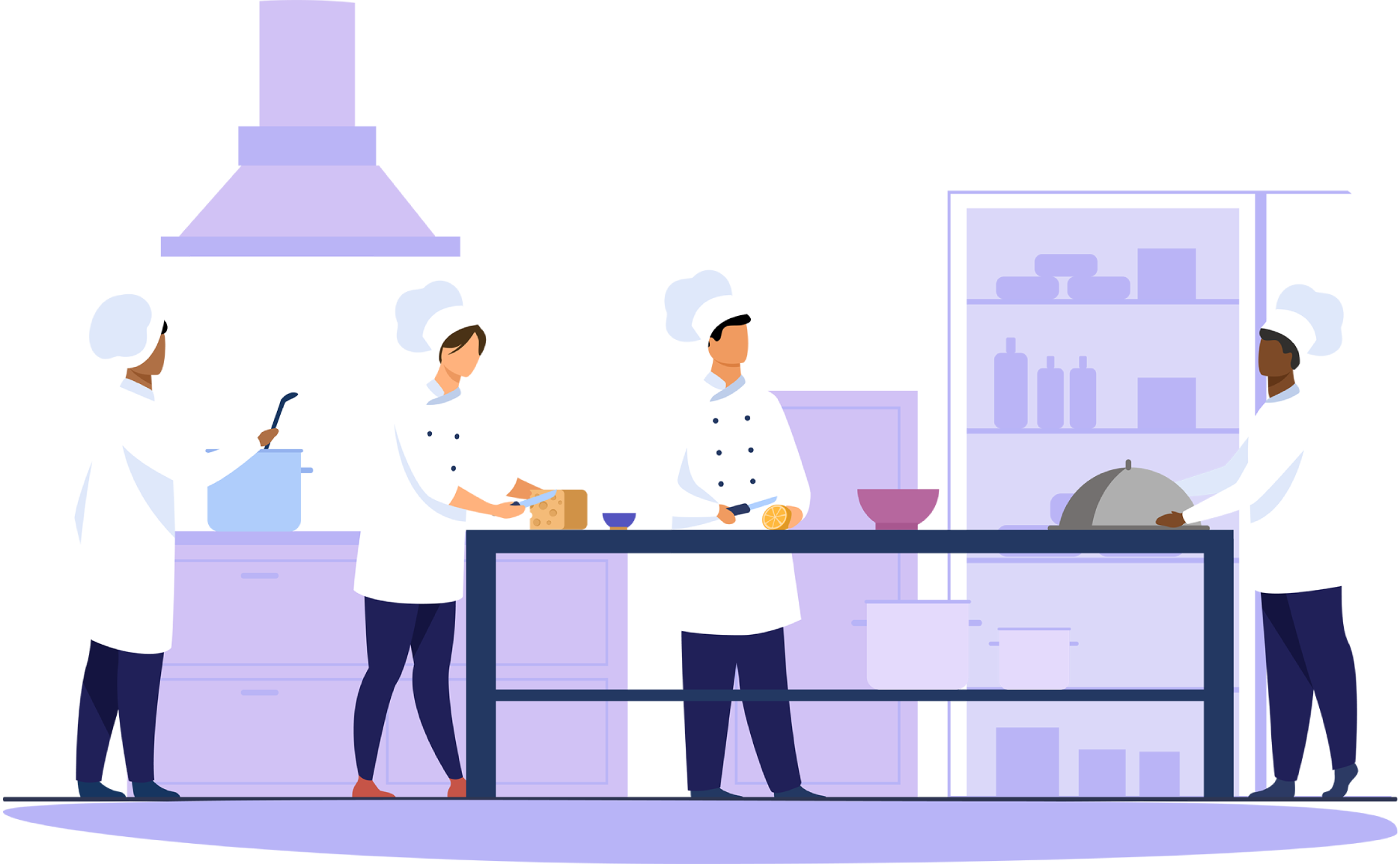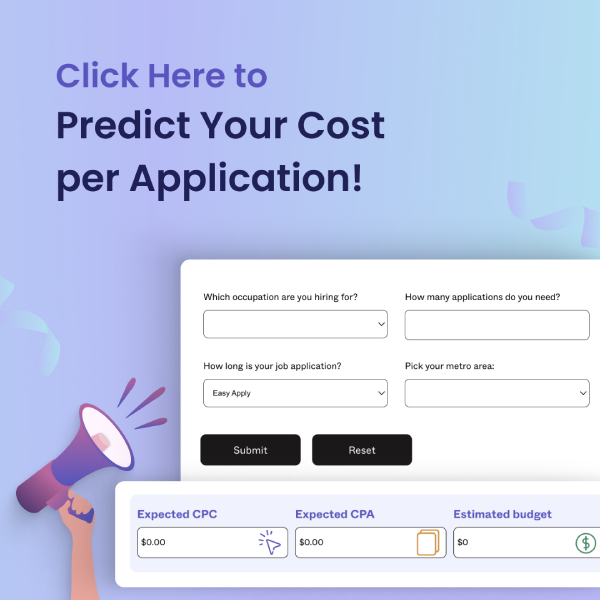Working tirelessly behind the culinary scenes, more than 800,000 food prep workers bring flavor to life under the guidance of chefs and cooks, ensuring seamless kitchen operations and delightful dining experiences.
But what’s the projected outlook for the occupation, you ask? Well, after coming out of deep freeze during the pandemic, employment growth for food preparation workers is projected to be slower than the average for all occupations, at 2% through 2031. Between occupational drain and job creation, this means 146,000 openings per year.
Sluggish growth is related to a number of factors. For one, some restaurants are opting for pre-washed, pre-cut, and pre-seasoned foods from wholesalers to save on costs. And hey, who can blame them for seeking a little convenience? Secondly, there’s a pinch of automation sprinkled in, too! While we’re not quite at the era of robot chefs, larger chains are cautiously embracing technological wonders. We have also seen the rise of ghost kitchens, consolidating operations into lean, mean, food prep machines.
Ready to find the perfect recipe for recruiting success, at the optimal cost?
It’s time to let Joveo’s data do the talking!



















